Upon its premiere, “The Longest Day in Chang’an” transported viewers back to the prosperous capital of the Tang Dynasty. Among the many captivating elements, the Hanfu (Chinese traditional clothing) worn by the characters was particularly striking. But how well does the show truly capture the essence of Tang Dynasty Hanfu? In “The Longest Day in Chang’an,” let’s delve into the authenticity of Tang Dynasty Hanfu and experience the allure of this ancient garment. If you’re interested in Tang Dynasty Hanfu, browse our collection at https://shop.tangpura.com/product-category/hanfu-of-the-era/tang-dynasty-style/ to find your perfect pair.
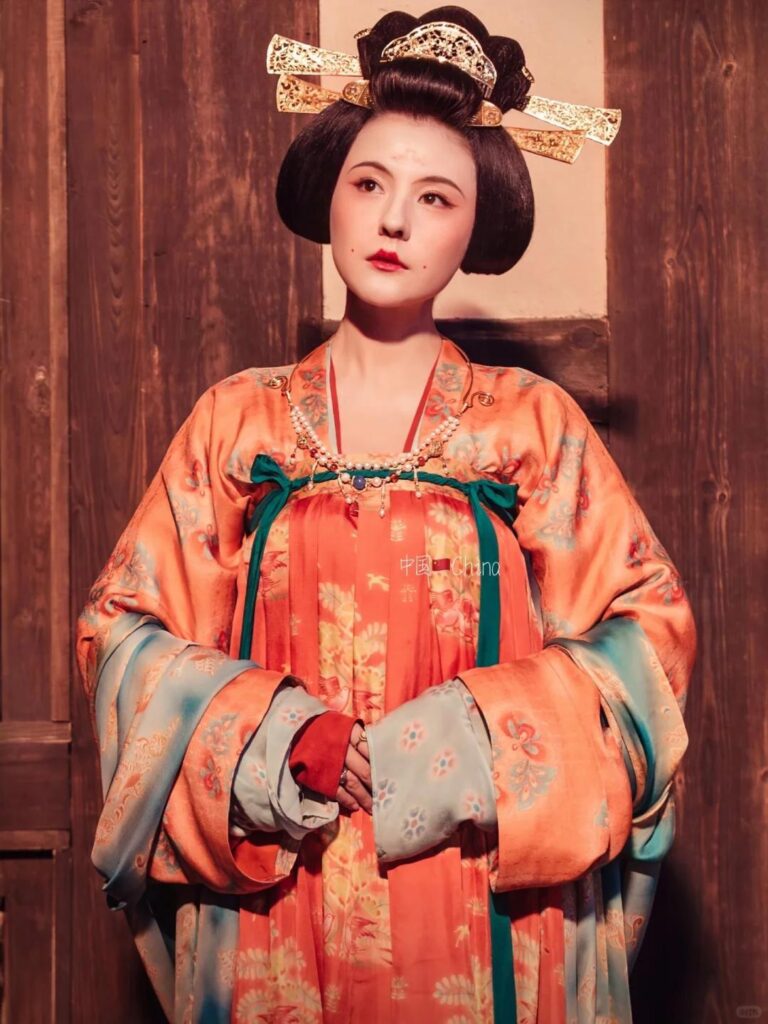
Tang Dynasty Hanfu: A Glimpse into History
The Tang Dynasty, a golden age of Chinese history, was renowned for its cultural prosperity and robust national strength, and its clothing culture was equally distinctive. Tang Dynasty Hanfu boasted a rich variety of styles. For women, ruqun and shanqun were popular. The Qixiong Ruqun, in particular, was a signature women’s attire of the Tang Dynasty. It featured a high waistline, tied above the chest, creating an illusion of height and elegance. This design not only reflected the aesthetic standards of the time but also showcased the liveliness and grace of Tang Dynasty women. Men, on the other hand, commonly wore Yuanling Pao shirts. These round-collar robes were practical for activities like horseback riding and daily work, making them suitable for all social classes. For instance, official Yuanling Pao shirts had strict regulations regarding colors and patterns, which demonstrated the hierarchical etiquette system of the Tang Dynasty.
In terms of materials, Tang Dynasty Hanfu often utilized silk and cotton. Silk, with its soft and smooth texture, exuded luxury and was favored for its beauty. Cotton, being more affordable, was commonly worn by ordinary people. The choice of materials balanced practicality and aesthetics. The colors of Tang Dynasty Hanfu were vivid and diverse, with bold hues like red, green, and yellow widely used, mirroring the open and inclusive social atmosphere of the era.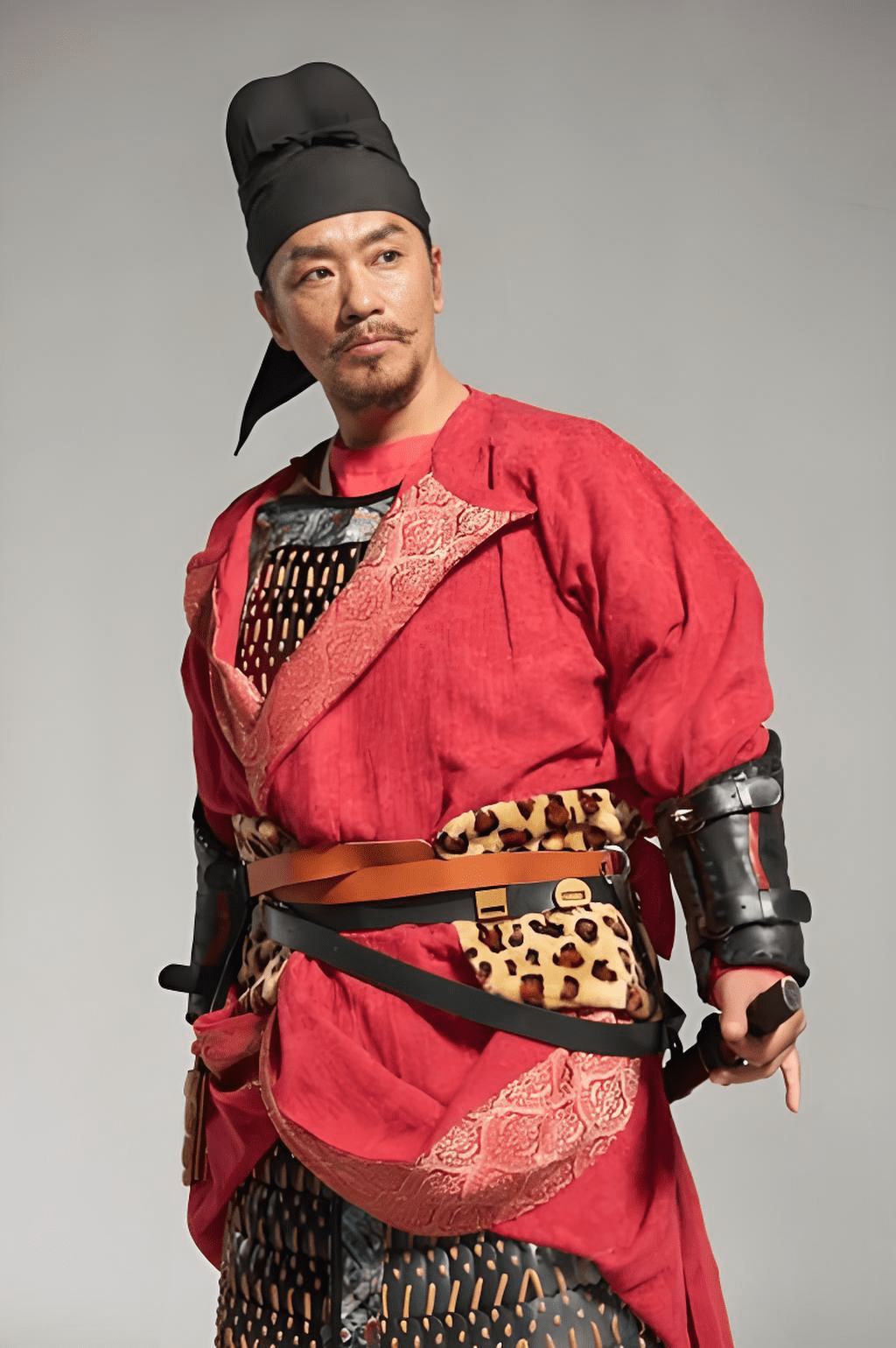
The Inheritance and Development of Tang Dynasty Hanfu in Media and Reality
Shows like The Longest Day in Chang’an have significantly contributed to the spread of Tang Dynasty Hanfu culture. Through these visual portrayals, more people have been introduced to the beauty of Tang Dynasty Hanfu, sparking a growing interest in Hanfu culture. This trend not only fuels the revival of Hanfu in modern society but also encourages greater attention to the inheritance of traditional Chinese culture.
In contemporary life, the design of Tang Dynasty Hanfu continues to evolve. Modern Hanfu designers blend traditional elements of Tang Dynasty Hanfu with contemporary aesthetics and fashion trends, making the attire more suitable for modern wear. For example, in color combinations, besides the traditional vivid hues, softer and more modern color palettes have emerged. In terms of styles, certain details have been modified to enhance comfort and convenience. If you’re looking for modern – styled Tang Dynasty Hanfu, browse our latest arrivals at https://shop.tangpura.com/product-category/hanfu-of-the-era/tang-dynasty-style/
Moreover, Tang Dynasty Hanfu has become an important medium for cultural exchange. On the international stage, individuals dressed in Tang Dynasty Hanfu showcase the allure of traditional Chinese culture, promoting cross – cultural communication and understanding.
 Tang Dynasty Hanfu in The Longest Day in Chang’an: Details Matter
Tang Dynasty Hanfu in The Longest Day in Chang’an: Details Matter
The production team of The Longest Day in Chang’an spared no effort in recreating Tang Dynasty Hanfu. From the main characters to the supporting roles, each costume was meticulously designed according to the character’s identity, status, and occupation. Female characters, for example, donned Qixiong Ruqun that closely resembled historical records. The high-waisted design and flowing skirts beautifully captured the elegance of Tang Dynasty women. The embroidery on the ruqun was exquisitely detailed, often featuring patterns of flowers, birds, fish, and insects, which not only added to the visual appeal but also carried auspicious meanings, aligning with the symbolic nature of patterns in Tang Dynasty Hanfu.
The male characters’ Yuanling Pao shirts were equally impressive. The design of the collars and the texture of the robes showed the team’s attention to detail. Some official robes even featured rank symbols, accurately reflecting the dress code of the Tang Dynasty. Additionally, the accessories worn by the characters enhanced the authenticity of the Hanfu. Women’s hairpins, necklaces, and men’s belts, along with Futou headwear, were all inspired by Tang Dynasty artifacts and historical records, enriching the characters’ images and allowing the audience to appreciate the charm of Tang Dynasty clothing culture. To explore more about Hanfu accessories, visit our blog at https://shop.tangpura.com/category/makeup-hairstyle/
However, despite the team’s dedication, there were minor imperfections. In some scenes, the fabric texture of the costumes might deviate slightly from what was historically accurate, likely due to limitations of modern production techniques and materials. Nevertheless, these small issues did not overshadow the overall visual impact and the representation of Tang Dynasty Hanfu.
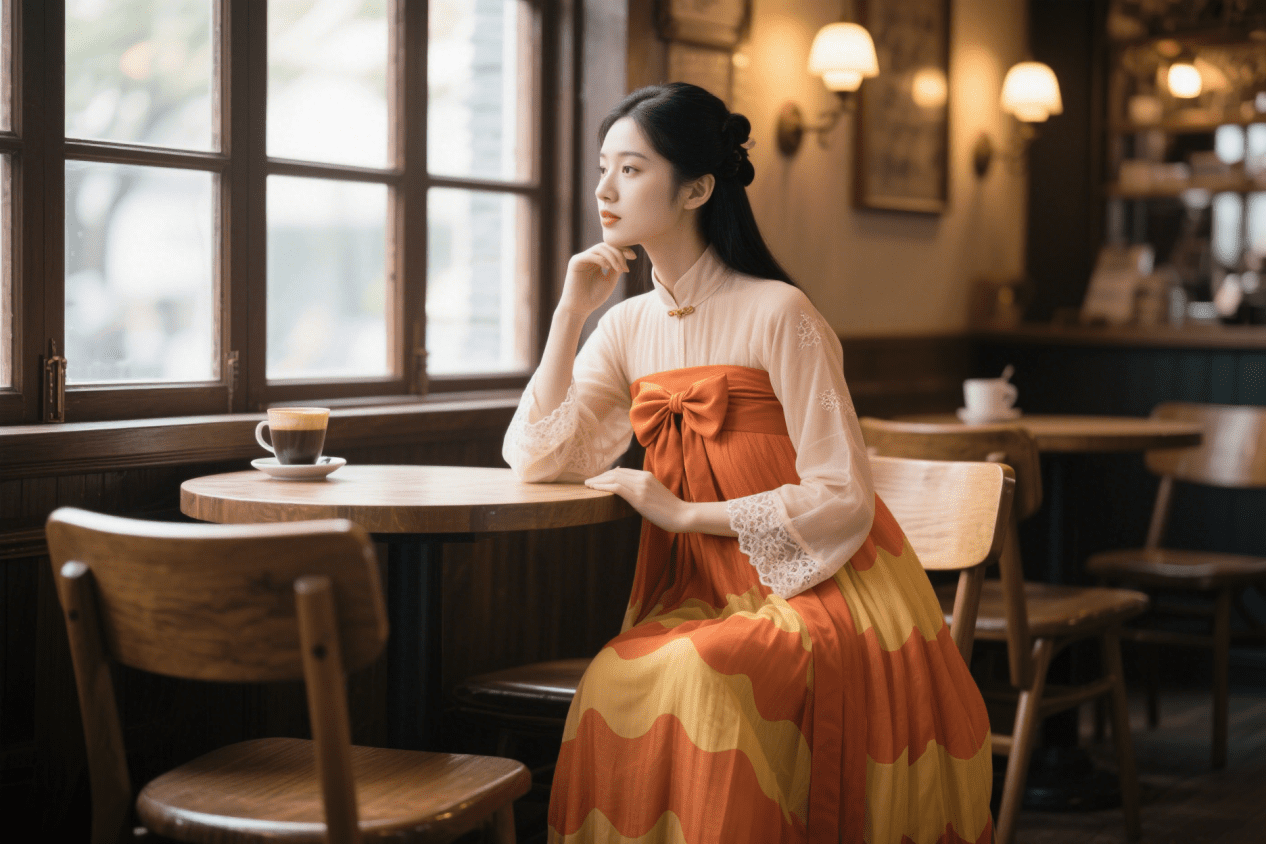
Tang Dynasty Hanfu: A Timeless Cultural Treasure
Our exploration of the authenticity of Tang Dynasty Hanfu in The Longest Day in Chang’an reveals that while the show makes a commendable effort in historical representation, there are still areas for improvement. Nevertheless, it serves as a vivid window into the world of Tang Dynasty Hanfu. As an integral part of traditional Chinese culture, Tang Dynasty Hanfu carries profound historical and cultural connotations. It is not merely clothing but a symbol of the inheritance of Chinese civilization. With the combined efforts of the media and modern Hanfu enthusiasts, we hope that Tang Dynasty Hanfu culture will continue to thrive in modern society, allowing more people to appreciate the depth and richness of traditional Chinese culture.
For a more in – depth understanding of Tang Dynasty Hanfu, you can refer to the official website of the China National Silk Museum at http://www.chinasilkmuseum.com/. It offers a wealth of historical materials and professional research findings.

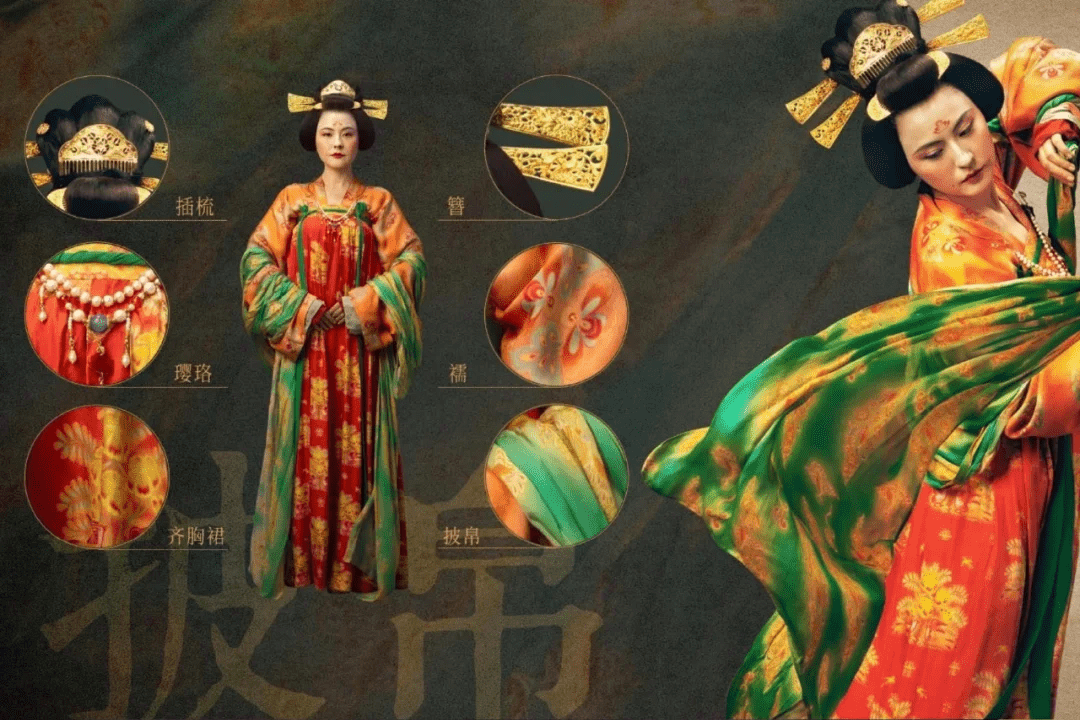
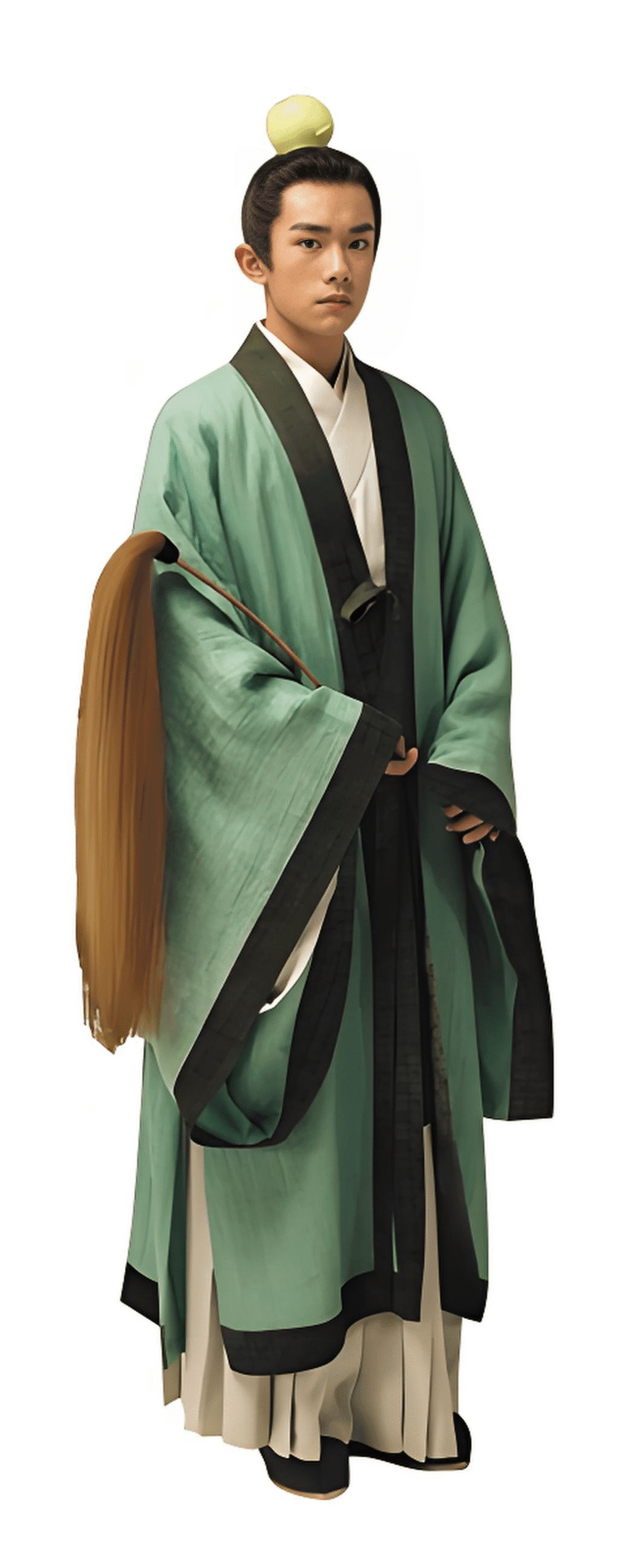 Tang Dynasty Hanfu in The Longest Day in Chang’an: Details Matter
Tang Dynasty Hanfu in The Longest Day in Chang’an: Details Matter